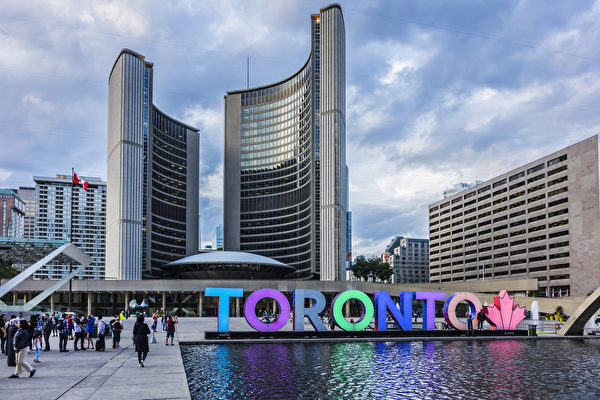Toronto Municipal staff’s latest report indicates that in order to prevent the aging of the city’s infrastructure, Toronto will still be underfunded by 26 billion yuan in maintenance costs over the next 10 years.
Mayor Zou Zhihui expressed that a report to be submitted to the Municipal Executive Committee shows a staggering shortage of infrastructure maintenance funds in the city.
Zou Zhihui told the Toronto Star that delaying maintenance work on aging infrastructure will lead to higher costs, and the decreasing efficiency of aging facilities will result in a decline in service levels.
The aging infrastructure in Toronto includes public transportation, public housing, park facilities, and libraries.
For example, the Toronto Transit Commission (TTC) alone requires over 2.4 billion yuan annually to maintain its operations.
The 255-page report analyzed Toronto’s assets worth approximately 73 billion yuan, with about 40% being assessed as in poor or very poor condition, indicating that they have “exceeded their useful life and require repairs or replacements”.
The report highlights that to maintain the current status of all city-owned infrastructure over the next 10 years, 40 billion yuan would be required.
Planned investments are expected to prevent or reverse the aging of some departments’ facilities, such as the police department, child services, shelters, and the Toronto Zoo. However, without addressing the 26 billion yuan funding gap, facilities in other departments will continue to deteriorate.
The report states that over 70% of Toronto’s library infrastructure is in poor or bad condition. The municipality plans to allocate an average of 23.7 million yuan annually for maintenance; an additional 2.6 million yuan would be needed to prevent further deterioration of library conditions.
Toronto’s community housing, which provides affordable rental units for nearly 60,000 residents, is in relatively good condition but approximately 42% of the assets are rated as poor or very poor. The city needs to more than double the annual maintenance cost to 334 million yuan to prevent further deterioration of these buildings.
Meanwhile, about two-thirds of Toronto’s corporate real estate investment portfolio needs renovation or replacement, requiring 78 million yuan annually to prevent aging; one-third of parks and recreational assets, including community centers, sports fields, ferries, and stadiums, are in poor condition and need 27 million yuan per year for maintenance.
Zou Zhihui stated that the current 1.8 billion yuan funding gap has already posed a significant challenge to the city government this year. In 2025, Toronto will need to pay attention to its capital budget to ensure proper maintenance and repairs of its infrastructure.
Despite the provincial government taking over the maintenance of the Gardiner and DVP highways, saving the city a substantial amount of money, Toronto is still seeking federal government infrastructure funding commitments as the city cannot run a deficit budget.

